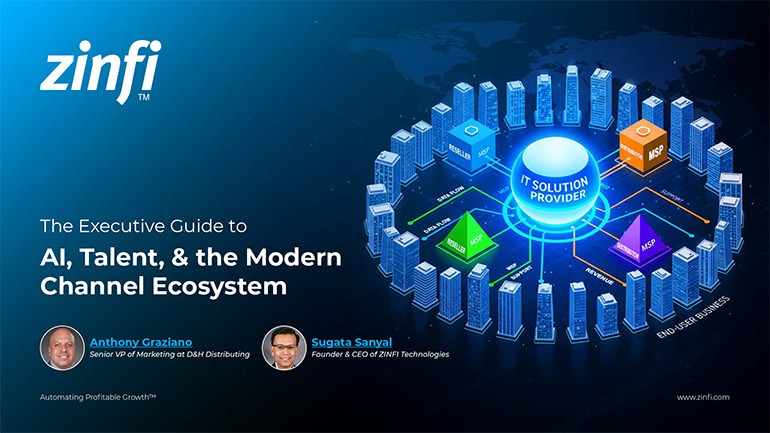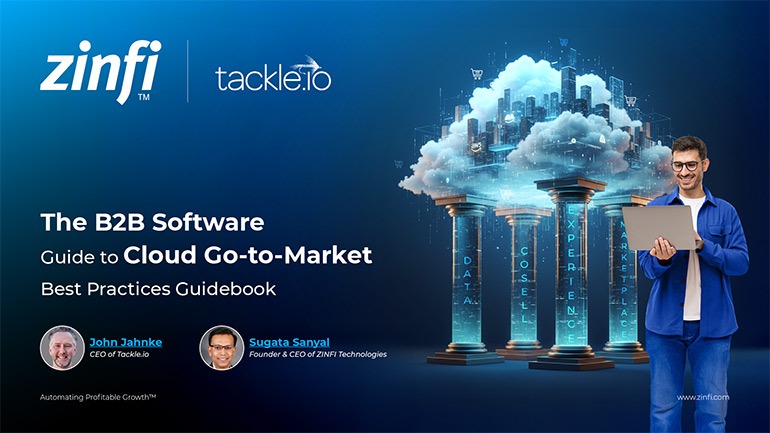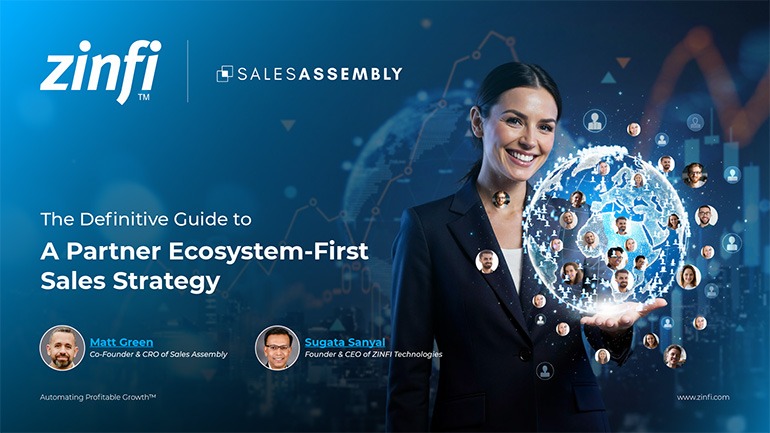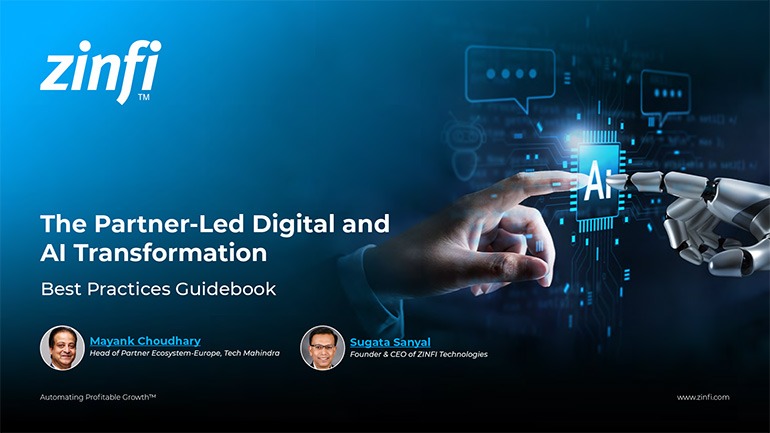Partnership programs today face a critical need for efficiency and precision, driven by the current economic climate and the challenge of achieving "more with less." Partner Ecosystem Optimization begins with the strategic task of identifying the Ideal Partner Profile (IPP) to avoid wasting time on the wrong alliances. Dina Moskowitz’s perspective on the common pain points is clear: companies struggle with an existing ecosystem but realize they are losing focus and wasting time on the wrong partners. The core mission of her platform is to develop innovative data mining techniques to profile companies, making it easier for partner organizations to target them precisely. This precision means understanding a partner’s average transaction size, their Ideal Customer Profile, and their ability to influence revenue, moving past a "wait and see and hope and pray" mentality.
Theresa Caragol adds the essential strategic framework for this build-out, introducing the science behind Channel Partner Strategy. She emphasizes that getting the strategy right is the foundation of success, encompassing a joint vision, trusted relationships, business acceleration (where data intelligence serves as a key propeller), and community building centered on lifetime value, rather than just transactions. Achieve Unite’s approach, complemented by partner data intelligence, dramatically accelerates this process, ensuring that new builds and segment expansion efforts reach the right partners more quickly. This joint work enables companies to transition rapidly from a general strategy to identifying specific partners and geographies for recruitment, ensuring that the foundational business proposition is right before making a significant investment.
The two use cases—building a new channel and optimizing a large, existing ecosystem—are both addressed by first getting the strategy right, then operationalizing it with data. Dina’s comprehensive database, which she refers to as a solution to map “Jay McBain’s blob of partners,” continuously mines B2B technology companies globally. This data is structured to allow granular searches across resellers, ISVs, MSPs, SIs, and more. The goal is to provide clients with a comprehensive view of their total addressable market of productive partners, enabling them to abandon the "spray and pray" approach and instead target alliances based on shared technical stacks (e.g., Cisco or Juniper partners) and customer objectives. This structured approach to identifying the right partners at the right time is the first step in accelerating successful partnerships.













